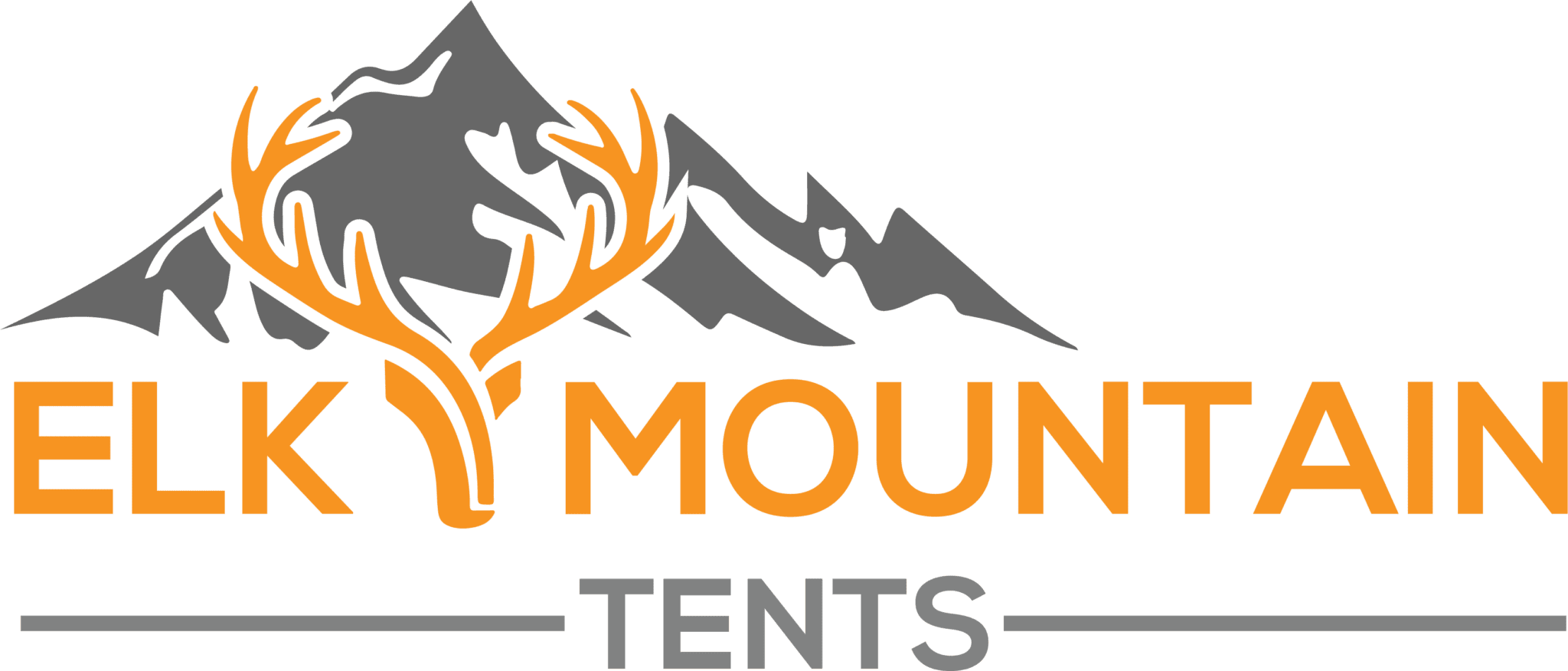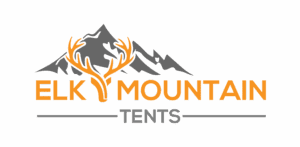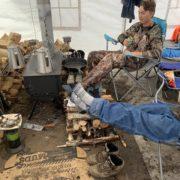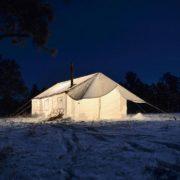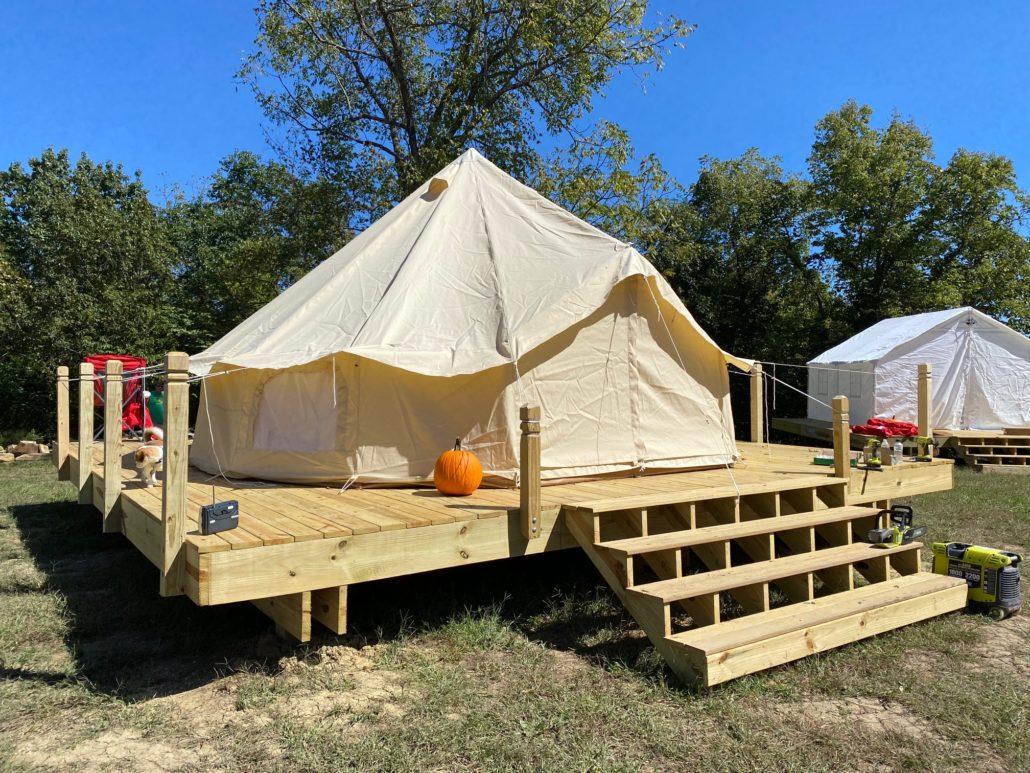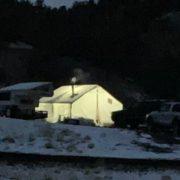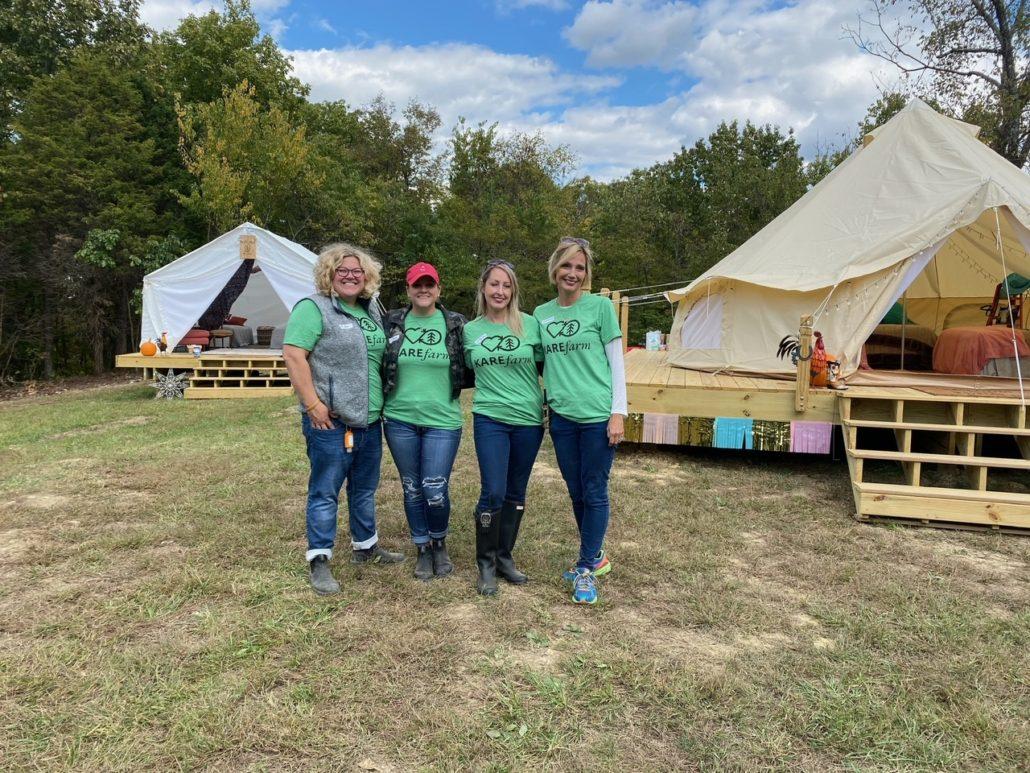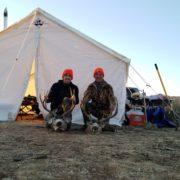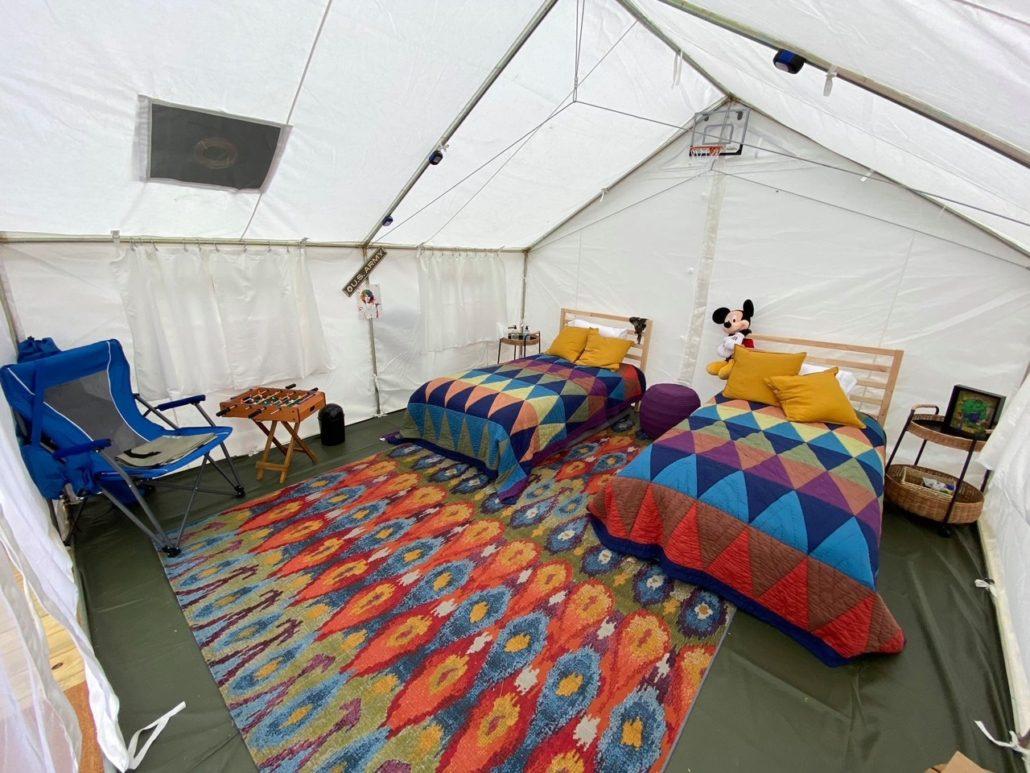Choosing Your First Canvas Wall Tent: Advice and Tips from Elk Mountain Tents
Canvas wall tents have been a popular choice for outdoor enthusiasts for many years. They are durable, spacious, and provide a luxious camping experience. However, with so many options available on the market, buying the right canvas wall tent can be a daunting task, especially for first-time buyers. In this article, we will provide some advice for buying your first canvas wall tent.
Why Choose a Canvas Wall Tent?
There are many reasons why you might choose a canvas wall tent over other types of camping shelters. Here are just a few:
- Durability: Canvas, whether natural or synthetic, is a strong and sturdy material that can withstand harsh weather conditions, making it an ideal choice for many people. Typically, if you take good care of your tent, you can expect it to last decades.
- Spaciousness: Wall tents are typically much larger than other types of camping shelters, providing plenty of space for sleeping, cooking, and relaxing. The biggest difference is the high side walls. This allows you to walk around without ducking.
- Features: These kinds of tents can truly be a home away from home with screened windows, wood stove, and room for cots and gear.
Choosing the Right Size
When it comes to buying a canvas wall tent, one of the most important decisions you will make is choosing the right size. Elk Mountain Tents offers a range of sizes, from 13’x13′ up to 13’x20′ but you can go slightly smaller if you’re looking for a bell tent. Here are some things to consider when choosing the right size:
- How many people will be sleeping in the tent?
- Are the people close family, kids, or scouts that you can pack in or do they need some space?
- How much gear will you be bringing?
- Will you be using a wood stove inside?
- For specific examples and diagrams, check out our sleeping capacity article.

Choosing the Right Features
Decide what extra features are most important to you. Here are a few popular options:
- Stove Jack: A stove jack allows you to safely use a wood stove inside your tent, providing warmth and cooking capabilities.
- Windows: Windows provide natural light and ventilation, making your tent more comfortable to be in during the day.
- Screened Doors: Screened doors allow you to keep bugs out of your tent while still enjoying fresh air.
- Awning: A porch can provide additional covered space outside your tent, perfect for relaxing or having a transitional space.
- Ridge Ventilation: To avoid condensation, it’s recommended that you get a tent with ridge openings.
- Angle Kit: So, this one isn’t a feature exactly, but I have to mention it here because not all tents come with it. These are all the metal pieces that allow you to put a frame together. It’s possible to assemble a tent without these but for most setups it’s a must,
All models at Elk Mountain Tents come with a stove jack, screened windows, ridge ventilation, and angle kit as these are considered the most essential for hunting. However, for an additional charge, you can get screened doors and awnings.
When you shop around, make sure you aren’t comparing apples to oranges as many tent companies will give you a quote for their base model that includes ZERO features, so be sure to get a quote of the tent you actually want.
Choosing the Right Materials
There are no wrong answers here as all canvas tents are MUCH more sturdy compared to most camping tents, but there are a few things you must know:
Type: Your choices are cotton, polyester, and a cotton-poly blend. Some like organic / natural nature of going with cotton while some prefer polyester because it is incapable of rotting (since it’s synthetic). Advances in manufacturing technology have made breathability no longer exclusive to cotton, so polyester is just as good there depending on who makes the tent. A blend of the two includes the strengths and weakenesses of both. As a general rule, the more polyester the lighter and stronger it will be.
Weight: Weirdly enough, wall tent canvas strength is typically measured indirectly as weight. When you see someone say “10 oz canvas” it means 10 oz per square yard, and the weight of the canvas is a pretty good ballpark estimate for it’s strength. 8 oz is considered the bare minimum, 10 oz is in the industry standard, 12 oz is considered heavy duty, and 14~16 oz is extra heavy duty (and also very heavy and harder to assemble).
Strength: While weight is a good indirect measure of the material’s strength, it’s not the best measure. Be sure to ask your tent manufacturer for the rip and tear strength. Each of these will then have two figures, one for the warp direction and one for the fill direction.
For example, our ccanvas is an 11 oz canvas with a breaking strength of 449 lbs (warp direction) and 382 lbs (fill direction), making it significantly tougher than traditional canvas which has a breaking strength of 382 (warp) and 241 (fill) for 12 oz canvas and about 210 (warp) and 140 (fill) for 10 oz canvas. The tear strength is 67 lbs (warp) and 40 lbs (fill); this is roughly double that of the Sunforger canvas material used by other tent companies.
Conclusion
Buying your first canvas wall tent can be an exciting and rewarding experience, as long as you take the time to choose the right size and features for your needs. Elk Mountain Tents offers a range of high-quality canvas wall tents that are durable and spacious. Be sure to take a look!
